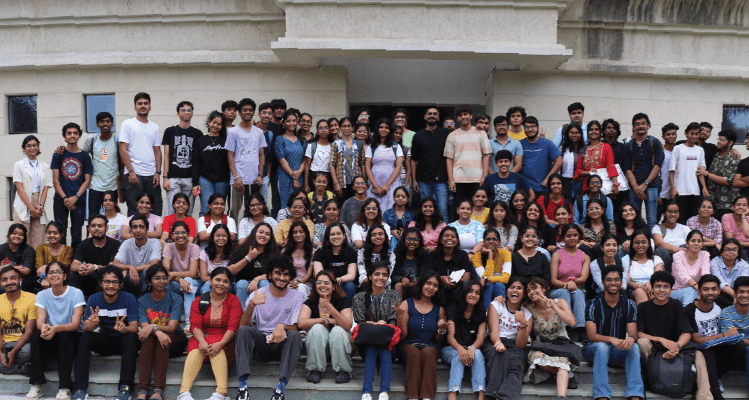God embellished the plain sky and added stars; plain canvas is turned into a priceless artwork by a painter's imagination and colors similarly an embroiderer creates amazing pieces of wearable art.
Embroidery adds value to fabric and enhances its aesthetics. The fabric is ornamented with threads and numerous other materials like beads, glass pipes, laces, pearls, zari, sequins, metal strips, feathers, etc. Indian artisans are globally famous for their beautiful and intricate embroidery work that has been carried upon by generations. India has a diversity of cultures and customs; one can observe the changes in every region, even in costumes. Each Indian state produces distinctive embroidery that communicates their way of life, vocation, customs, attitudes, values, and preferences.
Embroidery has existed in a variety of forms since the creation of fabric. The origin of the word “embroidery” can be traced back to the French word “broderie,” which means embellishment. Embroidered fabrics have been a part of Indian culture since the time of the Indus valley civilization, as fine needles were uncovered
during the excavation of Mohenjo-daro.
Embroidery was a part of early daily life. The source of inspiration for motifs was also the surrounding environment. Most Indian women have some ancestral embroidered heirlooms preserved carefully to be worn on special occasions.There is a long list of Indian traditional embroideries such as Phulkari from Punjab, Chikankari from Uttar Pradesh, Kantha from Bengal, Kasuti from Karnataka, Kashida from Kashmir, and many more.
This blog will be followed by a series of blogs enfolding the traditional embroideries of India in detail.
